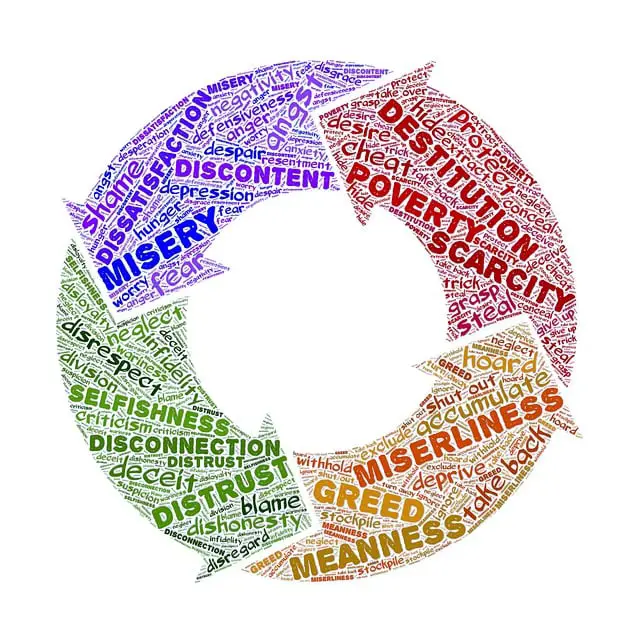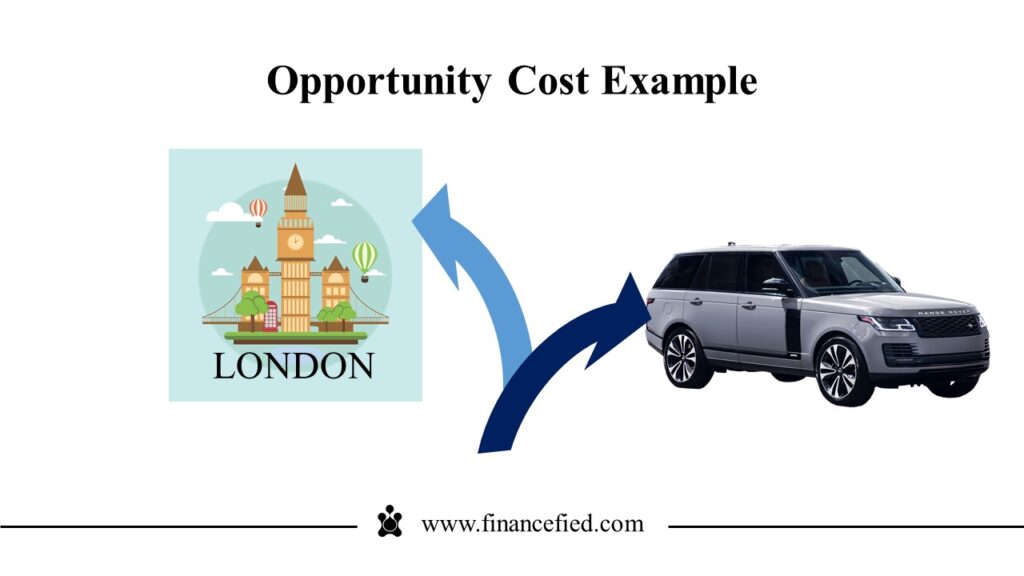Question:
Assessing opportunity cost involves
A. Making choices and dealing with consequences.
B. Choosing consequences over rewards.
C. Reviewing past decisions and changing them.
D. Minimizing profit and loss.
Answer: A. Making choices and dealing with consequences.
Opportunity Cost and Decision Making
The actual reason why opportunity cost is used is to make decisions. Don’t let the term ‘cost’ confuse you because opportunity costs do only apply where there is financial and monetary value. Opportunity cost is used to refer to the actual value of the forgone option, whether monetary or not. Such foregone value could be time or even pleasure.
Opportunity Cost Formula Example and Definition
Opportunity cost = FO – CO
Where;
FO is Return on Most profitable investment and CO is Return on investment taken.

How Does Scarcity Determine The Economic Value of An Item?
A. By the amount of goods that are produced
B. By the capital required to build the…
From the above question, option A is the answer to the question because it involves decisions making. In this case, it is making a decision and being ready to take its resultant consequences.
In business, just like any other life scenario, choices have consequences. When you decide on a particular business context as a business person, an entrepreneur, or even an investor, you should be ready for a result. Results and consequences are known, and thus, the need to evaluate what you would be willing to take as a probable outcome.
Example of using opportunity cost in making decisions
As an investor, you could have $100,000 in cash. Assume you have two options to invest this money.
First, you can start a business earning you $10,000 net profit per month. It would take you ten months to recover your $100,000 capital and start counting profits from the 11th month.
If you invest your money in a business, you know it could fail, and you lose a substantial amount of this capital.
Your second option is to buy an income-generating asset. Assume this asset generates a monthly profit of 4% after deducting expenses. This asset would take you roughly three years to recover the capital invested. Even though the return is small compared to starting a business, you know that these earnings are stable, and the asset has a low probability of failing like a business would do.
If you decide to invest $100,000 in business, you are ready to lose your capital if the business fails. Similarly, if you decide to invest your money in an income-generating asset, you are patient enough to wait three years to recover your invested capital.
Considerations While Using Opportunity Costs in Decision Making
1. Pros and cons
Using opportunity costs to make decisions has a fair share of advantages and disadvantages. Always consider these pros and cons before making decisions and implementing them as per opportunity cost.
Ensure you understand what makes a preferred option more valuable than the forgone one.
If you do not know how opportunity costs advantages and disadvantages will affect output from your decision implementation, take your time and know them.
2. Short-term versus long-term benefits
Whether monetary or not, you want to achieve those short-term and long-term goals when making decisions for your business and investment. Before implementing decisions solely based on opportunity cost, ensure you understand their implications in attaining these long-term and short-term goals.
A decision from opportunity cost could propel you to achieve a shorter goal but could inhibit you from attaining a longer-term one. Look for a sweet spot of decision-making using opportunity costs where you have a higher probability of attaining short and long-term goals.
3. Readiness for unexpected outcomes
Using opportunity costs to make decisions does not guarantee success. Sometimes, a decision could prove wrong as time goes by. Implement decisions anchored on opportunity costs with an open mind. Prepare your flexibility to adjust if there’s a need to.
